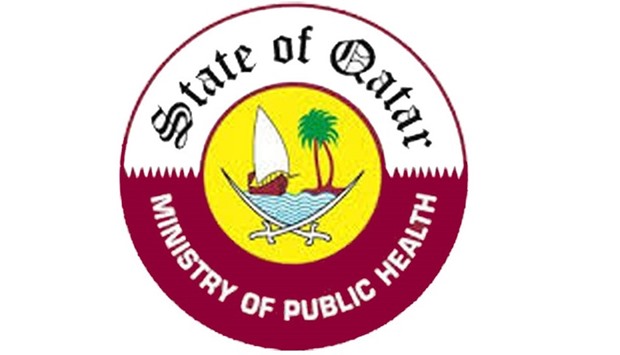*Measure aimed at maintaining quality by understanding lab test results
The Ministry of Public Health has issued a guide to help interpret laboratory analysis certificates of food samples that are tested in the ministry's central food laboratories.
The guide aims to introduce importers and exporters to the most important contents of the laboratory analysis certificate in terms of the type of tests and the limits of acceptance, rejection, confidence and accuracy in each laboratory result. This helps in a deeper understanding of the reasons for refusing food shipments and avoiding their recurrence in future shipments.
It also helps importing companies to know the level of product quality, especially when the value of the analysis is high or low to be close to the conformity limits, so that efforts are made to reach the highest possible quality in similar imported items in the future.
This step comes in response to the requests of exporters and importers and the questions received about the results of the analysis. In order to understand and benefit from them, the guide is one of the important steps taken by the Food Safety and Environmental Health Department based on the principle of partnership, knowledge transfer and facilitating procedures for importers and exporters.
The guide contains a detailed explanation of all the contents of the analysis certificate, starting with the logo of the accreditation body for the laboratory to the important notes at the bottom of the certificate, information about the sample received, the date of the analysis, the date of issuance of the result, and the table for the results and clarifying the types of tests and their respective units.
It also contains instructions for how to deal with the results, whether they are identical, rejected, or close to the limits of rejection, in addition to instructions about requests for re-analysis and the methods used in studying these requests. The guide is available on the electronic page of the Port Health and Food Control section of the Ministry of Public Health website.
A week ago, the ministry announced the start of using the electronic laboratory information management programme in central food laboratories, which would allow the exchange of information on food analysis electronically, as was the case with prestigious international laboratories.
This programme is implemented through an electronic system that is characterised by the ability to manage information related to analysing food samples from the first stage of receiving the samples until transferring them to the concerned departments with high accuracy and effectiveness.
The guide aims to introduce importers and exporters to the most important contents of the laboratory analysis certificate in terms of the type of tests and the limits of acceptance, rejection, confidence and accuracy in each laboratory result. This helps in a deeper understanding of the reasons for refusing food shipments and avoiding their recurrence in future shipments.
It also helps importing companies to know the level of product quality, especially when the value of the analysis is high or low to be close to the conformity limits, so that efforts are made to reach the highest possible quality in similar imported items in the future.
This step comes in response to the requests of exporters and importers and the questions received about the results of the analysis. In order to understand and benefit from them, the guide is one of the important steps taken by the Food Safety and Environmental Health Department based on the principle of partnership, knowledge transfer and facilitating procedures for importers and exporters.
The guide contains a detailed explanation of all the contents of the analysis certificate, starting with the logo of the accreditation body for the laboratory to the important notes at the bottom of the certificate, information about the sample received, the date of the analysis, the date of issuance of the result, and the table for the results and clarifying the types of tests and their respective units.
It also contains instructions for how to deal with the results, whether they are identical, rejected, or close to the limits of rejection, in addition to instructions about requests for re-analysis and the methods used in studying these requests. The guide is available on the electronic page of the Port Health and Food Control section of the Ministry of Public Health website.
A week ago, the ministry announced the start of using the electronic laboratory information management programme in central food laboratories, which would allow the exchange of information on food analysis electronically, as was the case with prestigious international laboratories.
This programme is implemented through an electronic system that is characterised by the ability to manage information related to analysing food samples from the first stage of receiving the samples until transferring them to the concerned departments with high accuracy and effectiveness.

